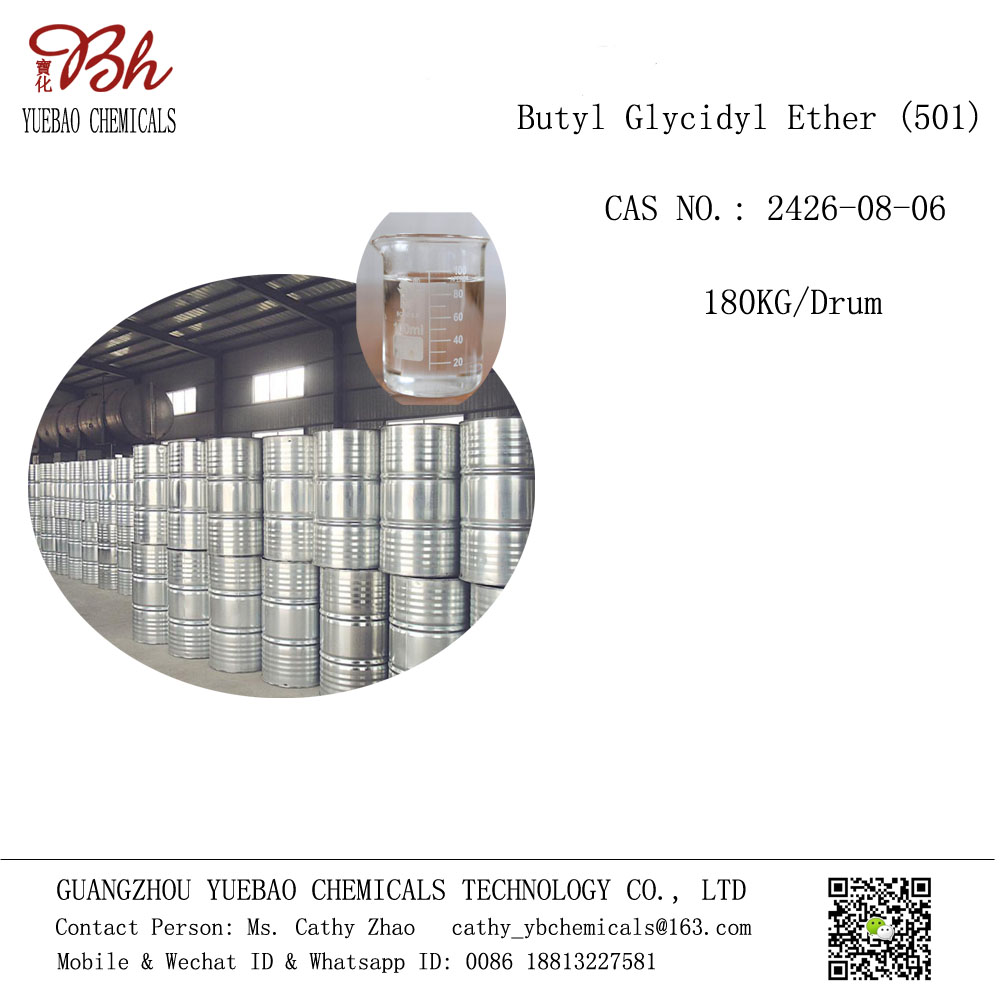Popularization of Stearic Acid Knowledge
Back to listSource: Release date:[2017-08-28 13:30:00] | Add to Favorites
(1) Introduction to the basic situation of stearic acid
Chemical name: octadecanoic acid; also known as: octadecanoic acid; English name: Stearic acid; molecular formula: C18H36O2, CH3(CH2)16COOH; molecular weight: 284.48; CAS No.: 57-11-4. Pure stearic acid is a small white waxy crystal with a slight luster, melting point: 71.5-72°C, boiling point: 232°C (2.0kPa), flash point: 220.6°C, spontaneous ignition point: 444.3°C, relative density: 0.9408, refraction Rate: 1.4299, stability: decomposed at 360°C. Stearic acid is insoluble in water (only 0.00029g dissolved in 100 ml of water at 20°C), slightly soluble in cold ethanol, soluble in acetone, benzene, ether, chloroform, carbon tetrachloride, sulfur dioxide, chloroform, hot ethanol, Toluene, amyl acetate, etc.
Stearic acid is a kind of fatty acid that exists widely in nature. Almost all fats and oils contain stearic acid with varying contents. The content of stearic acid is higher in animal fats. For example, the content in tallow can reach 24%, and the content in vegetable oil is less. , Tea oil is 0.8%, palm oil is 6%, but the content of cocoa butter is as high as 34%. The production methods of industrial stearic acid mainly include fractionation method and pressing method. The decomposing agent is added to the hardened oil, then hydrolyzed to obtain crude fatty acid, and then washed with water, distilled, and decolorized to obtain the finished product.
The commodity stearic acid currently circulating on the market is generally a mixture of palmitic acid and octadecanoic acid, and the general content is between 56-60% and 34-40%, respectively. Each manufacturer will make specific changes according to the content of octadecanoic acid. There are different types of stearic acid. The national standard is generally divided into three grades: first grade (or 200 type, formerly called three-press stearic acid, after three pressing), second grade (or 400 type, formerly called two-press stearic acid, after two pressing) and three Grade product (or 800 type, formerly known as one-press stearic acid, after one-time pressing or without pressing).
(2) Stearic acid packaging and index identification
Commercially available stearic acid generally has three forms, most of which are granular, some are flakes (powder), and a small amount are lumps; generally, lumpy stearic acid is produced by domestic manufacturers and is animal oil stearic acid. The packaging is generally 25kg/bag, and the block size is 25kg/carton. Usually the stearic acid produced by different manufacturers have their own trademarks and serial numbers. The following are the corresponding models of our agent manufacturers.
Manufacturer Stearic acid model Stearic acid grade
Indonesian Sven (PT SUMI ASIH) SA1801 first class product
Malay natural oils (NAT OLEO) 1801, 1837 first class
PALMOL OLEO B1810 rubber grade, tertiary product
Tyco Browning (Zhangjiagang) Co., Ltd. B1800, B1801 first class product
Tyco Browning (Zhangjiagang) Co., Ltd. B1810, B1803 rubber grade, third grade product
Remarks: Among them, SA1801 of Sven Indonesia is an old brand and its registered trademark. "SA" is the abbreviation of Stearic acid, "18" refers to octadecanoic acid, "01" refers to first-class product; 1801 and natural oil 1837 is stearic acid of the same grade, and its stearic acid content is generally above 37, so there are two models in different industries. In order to differentiate the products produced by different manufacturers, the KLK Group's stearic acid is prefixed with a "B".
Next:The role of thinner in paint Previous:Main uses of stearic acid
【Recommend News】
- 2021.11.24DIMETHYLAMINOPROPYLAMINE (DMAPA) MARKET - GROWTH, TRENDS, COVID-19 IMPACT, AND F
- 2021.11.02TEAM
- 2021.11.02CORPORATE CULTURE
- 2017.12.05Specifications and uses of 1631 emulsifier
- 2017.11.30Application fields of 1816 tertiary amine






